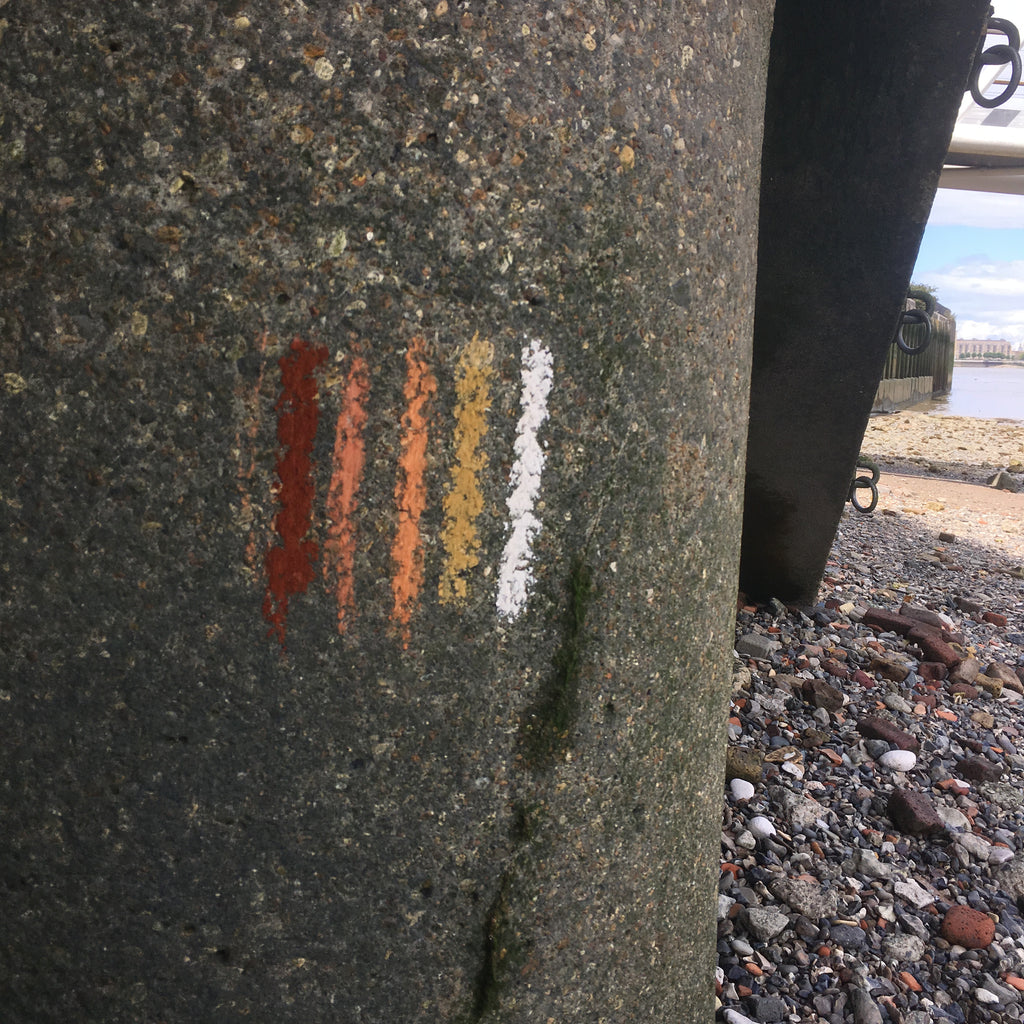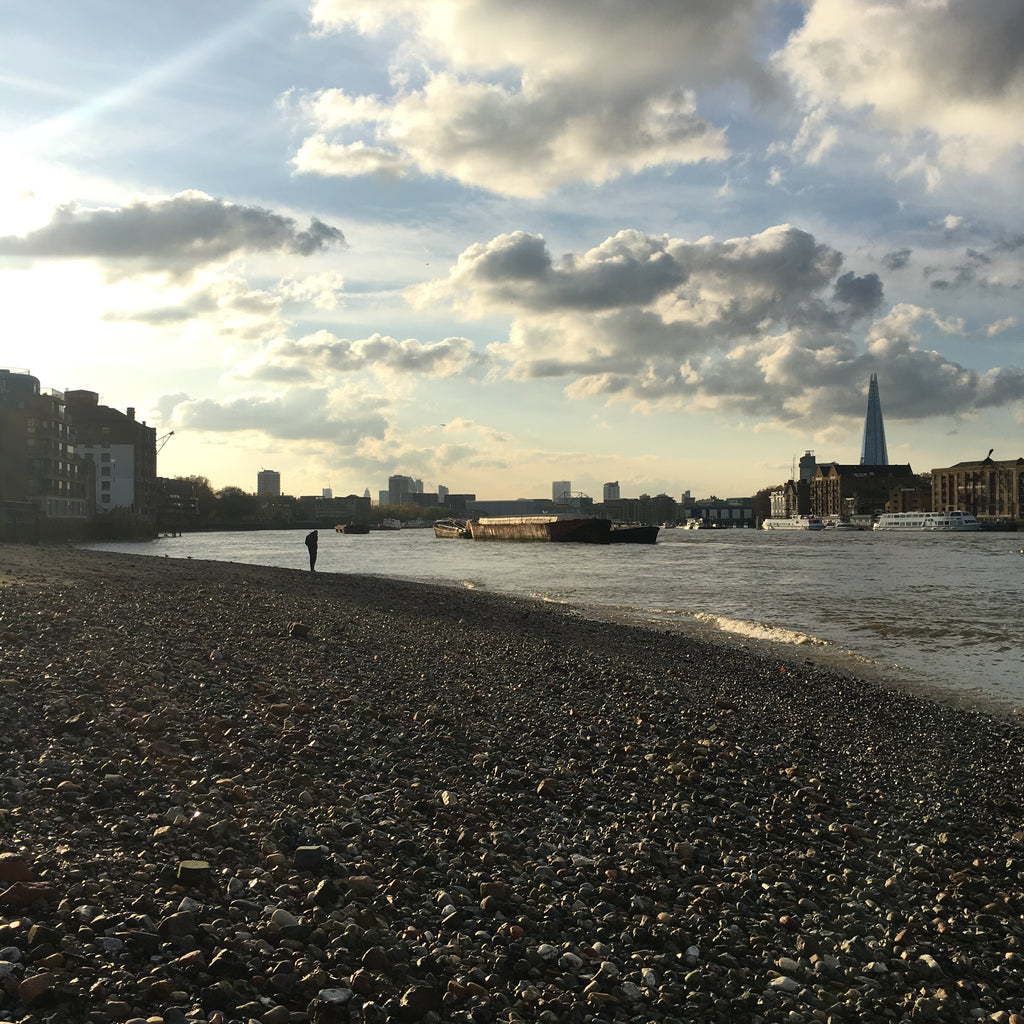Lucy collecting raw materials for making inks and pigments, November 2017.
What first got you into the specifics of what art materials are made of?
I learnt about traditional painting mediums and the component parts of paint when I was studying at art school. When I was at Camberwell College of Art doing my art foundation (2012) I did a lot of oil painting and used lots of different traditional and modern mediums like Canada Balsalm and alkyd based impasto mediums. Later on at The Ruskin, Oxford University (2013-2014) I was taught by many great artists, including Sigrid Holmwood who has a practice grounded in the ritual of pigment making. I have always felt strongly that the end message of a work of art is created by what materials are used and what nuances they diffuse through the work.
What previous jobs have you had and what have they brought to your practice now?
I’ve worked many jobs whilst studying. I taught painting in a centre for people with dementia, worked as a classic sailing yacht restorer, in a DIY store, as a sourdough baker, an art shop retail assistant, a product developer, a pigment researcher & pigment consultant. I think the general impact of these jobs has been to instill in me a sense of humility and self awareness of myself in the world. This extends to the connections that my art materials and my paintings have. When I collect pigments I try to do so carefully and mindfully.

The chalk cliffs at Seaford, Sussex.
What got you into making pigments?
I started collecting the odd object from the Thames foreshore, for no other reason than for curiosity and that the shapes looked interesting. I’ve always been a magpie, I was trying to find priceless coins or intact Victorian clay pipes whilst walking along the Thames. I began collecting little nodules of worn brick and putting them in my pockets as I was surprised by their bright colour. After a while my pockets were full of coloured dusts and my hands would be covered in red, orange and yellow pigment. This was really annoying but then one day I put one of these pieces of soft worn brick in a pestle and mortar and was so surprised at how easily it ground up to a fine and soft powder. After adding gum Arabic I had made a basic watercolour paint, the directness was exhilarating: I was hooked.

Marks made by soft bricks and other construction materials I found on the Thames foreshore.
What are your earliest memories that relate to reacting to the materials in your environment?
When I was 4 or 5 my brother and I used to make mud pies and collect hollyhock seed pods, and push the individual seeds out of them into a bucket. We enjoyed processing these satisfying tasks for no reason at all other than for play, and touching what was around us in a suburban garden. When I was about 19 and living on the south coast in a small town called Seaford I collected lots of chalk from the coastal cliffs and ground it up to make powder. For some reason I was compelled to do this and kept sacks of chalk in my family’s garage for years afterwards. We always used to pick blackberries, wild garlic, elderflowers when they were in season and this collecting and processing of local materials is something I still do now. There is a deep, human impulse to touch and examine the world around us to see if things can be useful in some way.

The Thames foreshore in Rotherhithe, South London.
